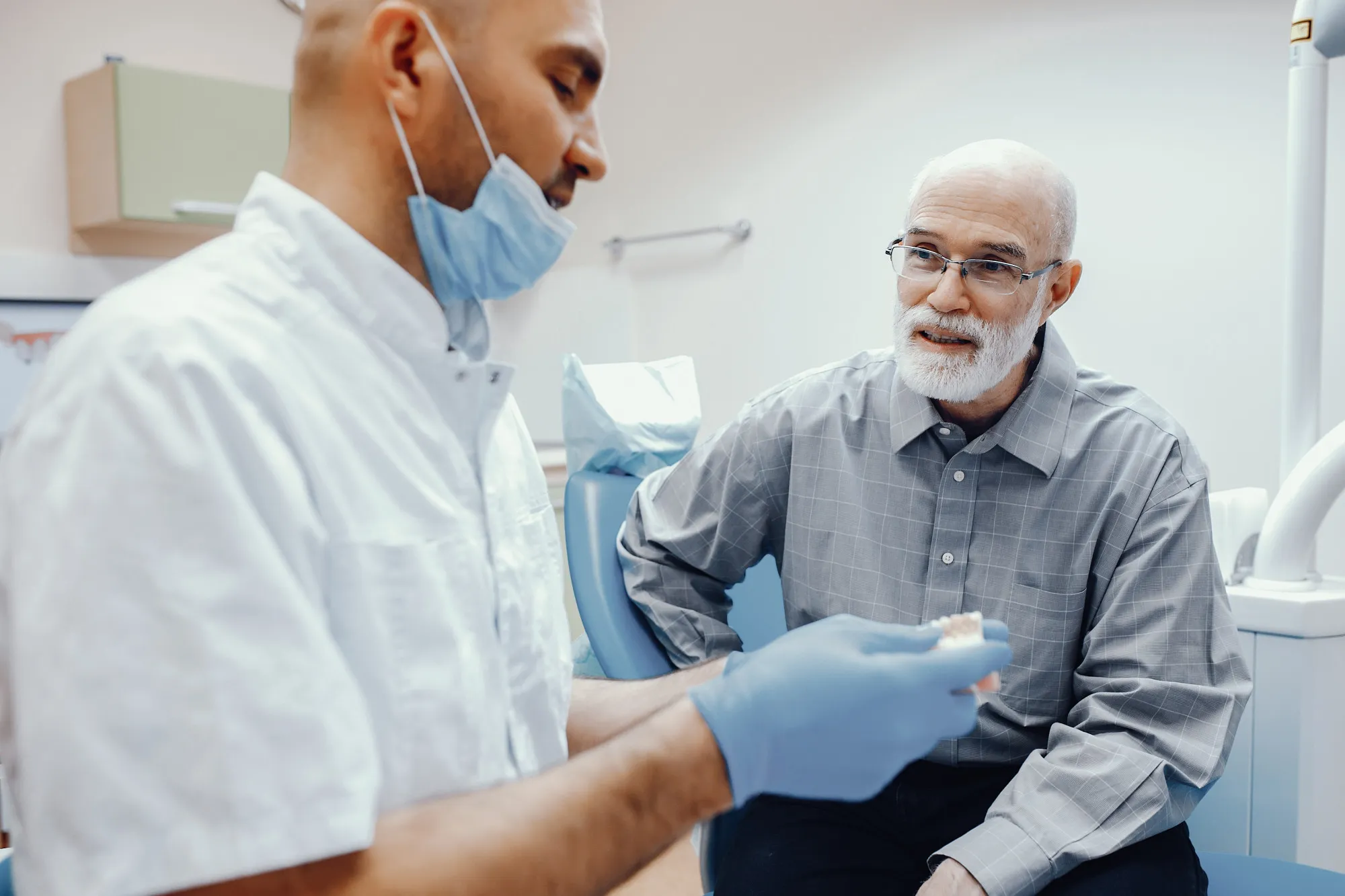Introduction
In the evolving landscape of cancer treatment, prostate brachytherapy has emerged as a notable contender in therapeutic options for localized prostate cancer. As researchers and clinicians continually strive to optimize patient outcomes, a clear understanding of the efficacy and applicability of brachytherapy is crucial. An extensive review conducted by Robert T. Dess and his colleagues provides a comprehensive look into the randomized clinical trial evidence underpinning prostate brachytherapy. This article seeks to elaborate on the findings and discussions raised in this seminal paper, while also exploring the current state of brachytherapy for prostate cancer.
The Significance of Brachytherapy in Prostate Cancer Treatment
Prostate cancer is one of the most common forms of cancer among men, and its management has seen significant improvements over the years. Brachytherapy, a type of radiation therapy that involves the insertion of radioactive material directly into the prostate, has been a front-runner in the treatment of localized disease. This method allows for higher doses of radiation to be delivered with more precision, ideally reducing the potential for damage to surrounding tissues.
Summary of the Current Randomized Clinical Trial Evidence
Dess et al. meticulously reviewed the collection of randomized controlled trials that have been conducted on prostate brachytherapy, focusing on those completed at the time of the study. The analysis included a wealth of data from trials that investigated various aspects of brachytherapy, including dose rates (Low Dose Rate [LDR] and High Dose Rate [HDR]), combination therapies, and comparisons with other treatment modalities.
Their review highlighted the efficacy of LDR brachytherapy in providing excellent control of localized prostate cancer, comparable to that of radical prostatectomy and external beam radiotherapy (EBRT). HDR brachytherapy, typically used in conjunction with EBRT, has demonstrated promising results in dose escalation studies and in managing higher-risk disease.
Furthermore, Dess et al. delved into the nuances of combination therapies that integrate brachytherapy with EBRT and androgen deprivation therapy (ADT), demonstrating improved outcomes for certain patient populations. Combination therapies have become an important consideration in the management of intermediate and high-risk prostate cancer.
The Current Treatment Landscape and Gaps in Knowledge
While the current randomized evidence provides substantial support for the optimal use of prostate brachytherapy, there remain gaps in knowledge, as identified by the authors. These gaps extend to the direct comparisons of different brachytherapy techniques, the long-term quality of life issues, and the management of side effects, which act as key considerations in treatment planning.
Notably, the authors emphasized the importance of patient-reported outcomes and quality of life measures in guiding treatment decisions and personalizing care. Clinical decisions often hinge not only on the control of the disease but also on the mitigation of treatment-related morbidity.
Ongoing Trials and Future Investigation
The review by Dess et al. also provided insights into important ongoing trials that may fill some of the existing knowledge gaps. These studies focus on various innovative brachytherapy approaches and novel combinations with other treatment modalities. The authors underscored the need for well-designed prospective studies with standardized treatment protocols.
Future investigations that the review inspired included studies on the optimization of dose and fractionation schedules, identification of patient populations that would best benefit from brachytherapy, and long-term follow-ups to assess the durability of outcomes.
Technological Advances and Innovation in Brachytherapy
Technological advancements have played a pivotal role in the evolution of prostate brachytherapy. The sophistication of imaging and planning systems has allowed for greater precision and individualized treatment strategies. Innovation in brachytherapy delivery systems, including real-time planning and robotic assistance, has further enhanced the capability of clinicians to target tumors effectively while preserving healthy tissue.
Expert Commentaries and Opinions
Experts in the field, like Felix Feng and Amar U. Kishan, have contributed their knowledge to the understanding of brachytherapy’s potential. Their insights on the nuances of treatment approaches and patient selection criteria provide valuable guidance for clinical practice.
Conclusion
The review of randomized clinical trial evidence for prostate brachytherapy presents a thorough snapshot of the state of the art in this domain. It is evident from the findings of Dess et al. that brachytherapy is a potent tool in the oncologist’s arsenal for the treatment of localized prostate cancer. The meticulous synthesis of the evidence provides a roadmap for future research, aiming to close the knowledge gaps and enhance patient outcomes.
DOI: 10.1016/j.urolonc.2019.04.009
References
1. Dess, R. T., Soni, P. D., Jackson, W. C., Berlin, A., Cox, B. W., Jolly, S., … & Spratt, D. E. (2019). The current state of randomized clinical trial evidence for prostate brachytherapy. Urologic Oncology: Seminars and Original Investigations, 37(9), 599-610.
2. Sylvester, J. E., Blasko, J. C., Grimm, P. D., Meier, R., & Malmgren, J. A. (2007). Ten-year biochemical relapse-free survival after external beam radiation and brachytherapy for localized prostate cancer: the Seattle experience. International Journal of Radiation Oncology Biology Physics, 67(1), 57-64.
3. Davis, B. J., Horwitz, E. M., Lee, W. R., Crook, J. M., Stock, R. G., Merrick, G. S., … & Zietman, A. L. (2012). American Brachytherapy Society consensus guidelines for transrectal ultrasound-guided permanent prostate brachytherapy. Brachytherapy, 11(1), 6-19.
4. Kishan, A. U., Cook, R. R., Ciezki, J. P., Ross, A. E., Pomerantz, M. M., Nguyen, P. L., … & Kupelian, P. A. (2018). Radical prostatectomy, external beam radiotherapy, or external beam radiotherapy with brachytherapy boost and disease progression and mortality in patients with gleason score 9–10 prostate cancer. JAMA, 319(9), 896-905.
5. Frank, S. J., Pugh, T. J., Blanchard, P., Scott, J. G., Mahmood, U., Gunn, G. B., … & Kuban, D. A. (2016). Prospective Phase II Trial of MR Image-Guided Prostate Brachytherapy for the Treatment of Boost Radiation. International Journal of Radiation Oncology Biology Physics, 95(1), 645-655.
Keywords
1. Prostate Brachytherapy Clinical Trials
2. Brachytherapy for Prostate Cancer
3. Treatment Outcomes of Brachytherapy
4. Optimizing Prostate Brachytherapy
5. Innovations in Brachytherapy Treatment
